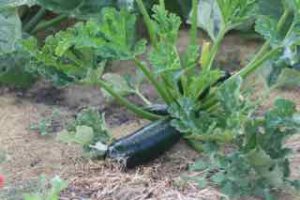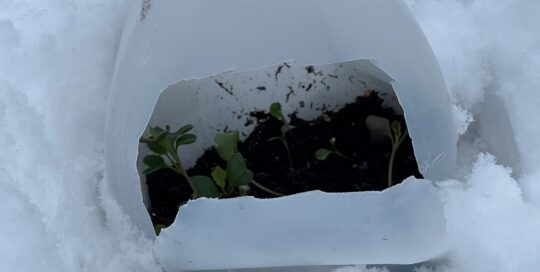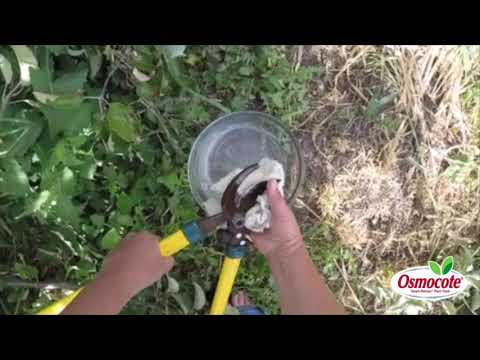Preparing New Gardeners for Pests
Views: 5360

My sister-in-law is gardening for the first time, so I’ve been gladly fielding a number of questions from her about how to prepare the beds, start the plants, and generally what to expect. One of her concerns after reading some of the gardening websites is the potential onslaught of pests she might have to contend with during the season so I wanted to offer a few words of encouragement for new gardeners.
Don’t freak out at the sight of pests
Before anything begins, understand that you will have bugs in your garden, and that not all of them are bad. In reality, you want a good many of them there since hand-pollinating everything isn’t all that fun. And since honey bees aren’t the only pollinators, you need to encourage the native bees and other insects that assist the process, and having a healthy variety of flying and crawling things is an important part of this puzzle.
Understand the particular pests for your area
Just as you should know the “good guys” in your garden, talk to local Extension experts or veteran gardeners to understand what pests you might expect. Pest pressure varies from region to region, and can even vary from one part of town to another. For example, where we live, earwigs are an annual plague and a constant battle, while in other parts in town just a few miles away, they’re not an issue. When you connect with other gardeners, you’ll have a feel for what to expect.
Determine an acceptable damage level
I know a lot of gardeners who nuke everything as soon as they see a few holes in their veggies. It may take a few seasons to find your personal comfort level, but you will need to determine when there are too many pests nibbling on your chard or other vegetables. Some people are fine about tearing off part of a leaf that has a few too many holes, or losing some tomatoes to hungry caterpillars, while others want veggies clear of pests. It’s a personal decision on how perfect you want your food.
Make a plan of attack
Part of learning what pests to expect means knowing what you’re going to do to either prevent them, or treat the situation if it happens. While we have had Colorado potato beetles in the past, it’s been years since I’ve seen one in the garden. But I know what to do. As soon as we see them, we knock them into a container and feed them to the chickens, along with dust the plants with diatomaceous earth.
With the cabbage moth caterpillars, I try to cover my Brassicas to create a barrier between the plants and the pest. If I’m not fast enough on that measure, I’m picking them off or dusting again with DE. Along these lines, you often want to start with the least harsh methods first. But if you can’t reduce the numbers with manual or natural remedies, there typically are more powerful means you can find to bring the situation under control.
Accept some losses
Don’t be discouraged. There isn’t a longtime gardener who hasn’t lost a crop to something. While you can catch a lot of the pests early on, or simply live with random nibbles, there are times when pests invade overnight. While it’s a disappointment, it will be okay. The beauty of gardening is you can always plant again.
Pests and weeds are some of the most challenging issues in the garden, but once you learn what to look for and how to make a plan to deal with the tiny critters who just want a bite, or ten thousand, you’ll feel much more at ease with the tiny ecosystem in your backyard.
Meet Amy Grisak
Amy is a freelance author and photographer in Great Falls, MT who specializes in gardening, foods, and sustainable agriculture. She provides information on every kind…
Amy's Recent Posts

Try Your Hand at Winter Sowing to Gain a Jump on the Season








